Located in My Phong Ward, Dong Thap Province (formerly My Phong Commune, My Tho City, Tien Giang Province), Vinh Trang Pagoda was built in the early 19th century by Mr. and Mrs. Bui Cong Dat. In 1894, Venerable Thich Hue Dang from Giac Lam Pagoda (Gia Dinh) came to take over as abbot, organized the reconstruction of the pagoda and named it Vinh Truong, with the meaning "eternal facing the mountains and rivers, eternal existence equal to heaven and earth". Local people gradually changed the name to Vinh Trang.

In 1907, Venerable Tra Chanh Hau repaired the main hall of Vinh Trang Pagoda, blending Asian and European architectural elements. In 1930, Venerable Minh Dang completely restored it, creating its current appearance. In 1984, Vinh Trang Pagoda was recognized as a national historical and cultural relic.
PHOTO: THANH QUAN

With an area of 14,000 square meters, Vinh Trang Pagoda consists of four main consecutive items: front hall, main hall, ancestral house and back house.
PHOTO: THANH QUAN

The façade of the main hall has a harmonious Asian-European style, with slender columns, Roman arches, reliefs of the Eight Immortals riding animals, Renaissance motifs, French ironwork and Japanese ceramic tiles. Inside, a layer of shimmering gold gilding covers the Buddha statue and carved details.
PHOTO: THANH QUAN


Notable are the pairs of dragon pillars with the "upper autumn lower style" architecture, in which the outer pair of dragon pillars donated by Mrs. Le Thi Ngoi (old Ben Tre ) in 1909 have a unique carving of a phoenix standing on a dragon's head.
PHOTO: THANH QUAN



Vinh Trang Pagoda is also famous for many works identified as being by the master and students of artisan Tai Cong Nguyen, achieving the highest level of round statue carving in the South. Surrounding the pagoda are ornamental gardens, fragrant lotus ponds and shady ancient trees, creating harmony between architecture and nature.
PHOTO: THANH QUAN

The interior space of the pagoda preserves many precious works of art, typically the set of eight immortals riding beasts (1907 - 1908) by local artisans, which is considered one of the rare bas-reliefs of the early 20th century.
PHOTO: THANH QUAN

The three-entrance gate is a unique highlight, decorated with the art of assembling ceramic pieces into vivid pictures of Buddha's stories, folk tales, the four sacred animals, the four seasons, flowers, leaves, clouds and sky.
PHOTO: THANH QUAN

In the middle of the garden, the 24m high Amitabha Buddha statue (6m pedestal, 18m statue), white in color, stands majestically looking down at all living beings, and has become the symbol of the pagoda. In addition, there is also a 35m long, 250-ton statue of Sakyamuni Buddha entering nirvana and a giant 250-ton, 20m high Maitreya Buddha statue.
PHOTO: THANH QUAN

Nearly two centuries in existence, Vinh Trang Pagoda is not only a place for monks and Buddhists to practice but also a typical cultural and tourist destination of Tien Giang province (now Dong Thap). The architectural beauty, historical and artistic value of the pagoda has left a deep impression on visitors, and is also a source of inspiration for those who want to learn about Buddhist fine arts in the Mekong Delta.
PHOTO: THANH QUAN
Source: https://thanhnien.vn/doc-dao-chua-co-vinh-trang-gan-200-nam-tuoi-o-dong-thap-185250812002743447.htm



![[Photo] Hanoi morning of October 1: Prolonged flooding, people wade to work](https://vphoto.vietnam.vn/thumb/1200x675/vietnam/resource/IMAGE/2025/10/1/189be28938e3493fa26b2938efa2059e)

![[Photo] Keep your warehouse safe in all situations](https://vphoto.vietnam.vn/thumb/1200x675/vietnam/resource/IMAGE/2025/10/1/3eb4eceafe68497989865e7faa4e4d0e)

![[Photo] President of the Cuban National Assembly visits President Ho Chi Minh's Mausoleum](https://vphoto.vietnam.vn/thumb/1200x675/vietnam/resource/IMAGE/2025/10/1/39f1142310fc4dae9e3de4fcc9ac2ed0)






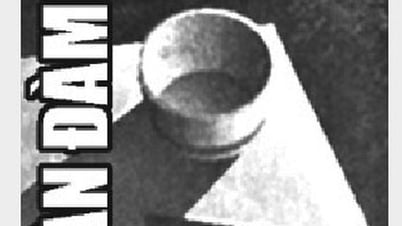



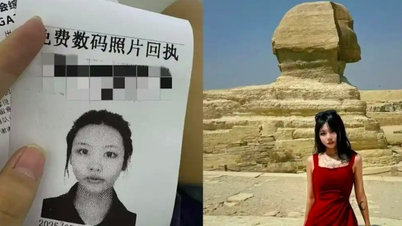

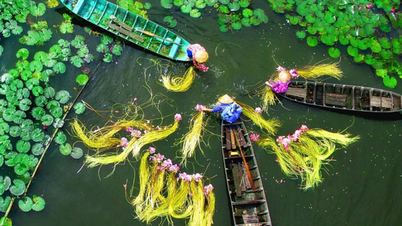

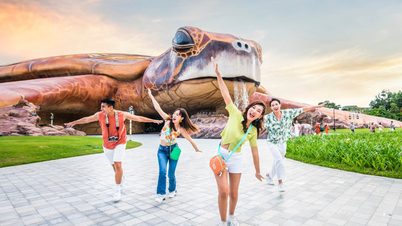

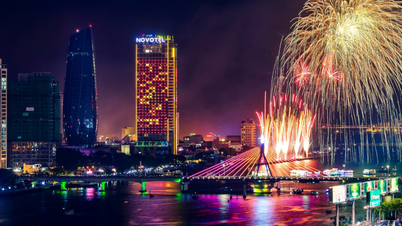




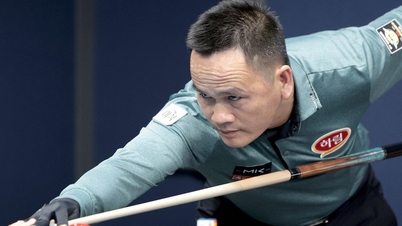



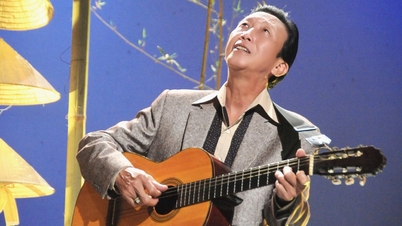
































































Comment (0)